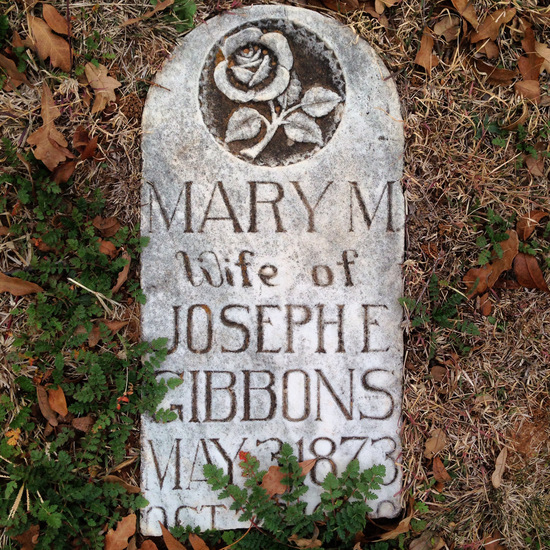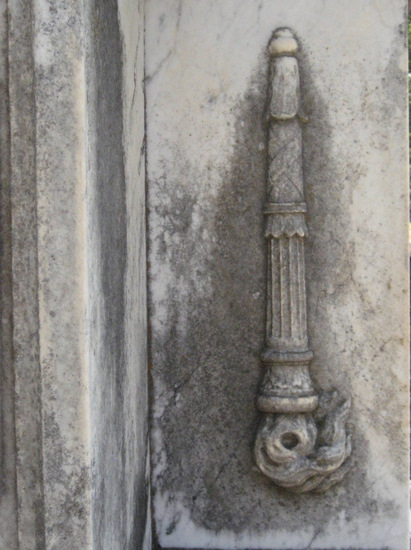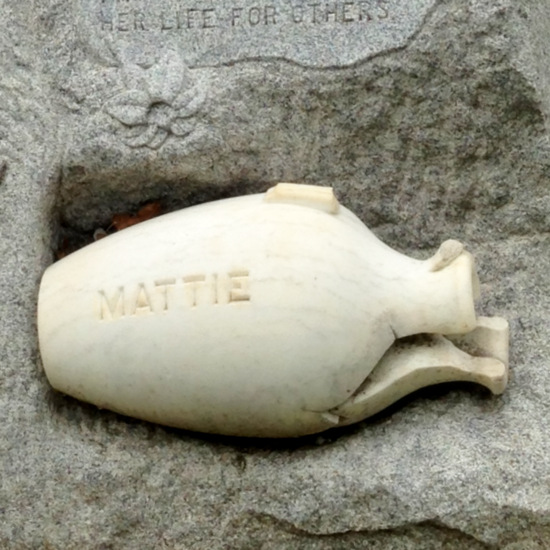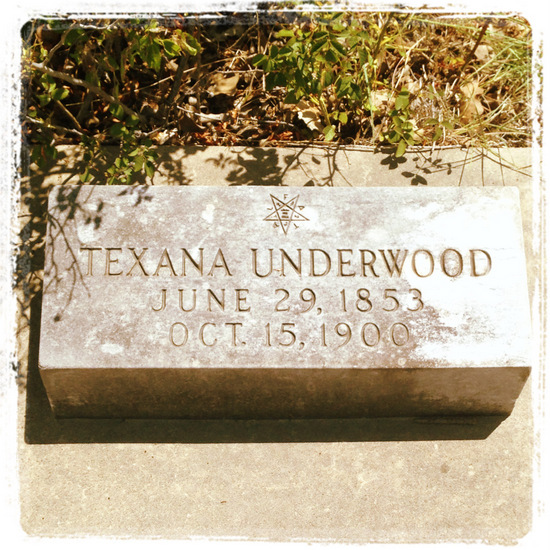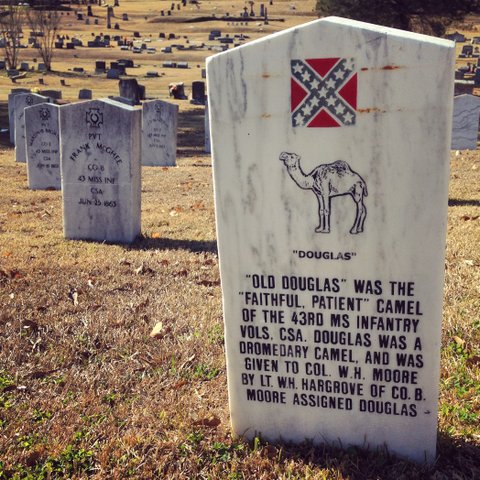What does a rosebud signify on a headstone? ROSE: Not only do roses represent earthly passion (just think how many are given at Valentine’s Day) but they also stand for heavenly perfection. When carved on a headstone, roses nearly always have 3 leaves. A quick look at my backyard rose bush confirmed that this is not botanically accurate! Symbolically, however, this trio of leaves represents the holy trinity: Father, Son, and Holy Spirit. Rosebuds most often appear on the graves of children and teens as a way of expressing that they were not able to achieve their full potential. A…
Tag: symbolism
What Do Upside Down Torches Mean on a Grave? UPSIDE DOWN TORCH: If you read my post for J (
What does a pitcher signify on a headstone? PITCHER: Pitchers mean different things depending on where you are. If you are visiting a Jewish cemetery, then a pitcher at a grave site implies that the person descended from the tribe of Levi. (Levites washed the hands of their priests with water.) If you are in the Christian section of a historic graveyard (as I was when I took the photo you see above), pitchers most often represent a woman of strong moral character, someone who was exceedingly generous, self-sacrificing, and charitable. It can also mean she was a prohibitionist,…
What do obelisks represent? OBELISKS:Despite its origins in worshiping the sun god, Ra, obelisks are a common sight in historic cemeteries. So how did this ancient Egyptian form work its way into Christian symbology? Although they’ve existed for thousands of years, obelisks gained popularity after Napoleon invaded Egypt in the late 1700’s. As the form began to appear in Neoclassical architecture, it made its way into graveyards, where it represents a connection between heaven and earth, as well as power, strength, and fatherhood. In historic cemeteries, an obelisk is often at the center of a family plot, where it represents…
What can I learn from names in a cemetery? NAMES: Historic cemeteries are full of interesting names. “Texana Underwood,” as you can see in the photo above, for example. What a great name, eh? Last year, I came across someone named “Dude Hunter.” Really? How does someone end up with the name “Dude”? Could he be a distant relative of the Great Lebowski? These days, parents often choose names simply because they like the way it sounds, but people used to follow certain naming conventions. If you are visiting a cemetery to do genealogical research, then knowing the naming conventions…
What’s the story behind military headstones? MILITARY: Headstones for fallen US soldiers are easy to spot since military specifications require them to be white marble slabs standing 42″ tall and 13″ wide. While combing through cemetery photos to include in this post, however, I came across the headstone for Douglas the Confederate camel, and since I love all things quirky, I could not resist using it for this A to Z post. “Old Douglas,” as he was fondly known, served with the 43rd Mississippi Infantry during the United States Civil War. The dromedary remained the soldiers’ beloved mascot for many…
